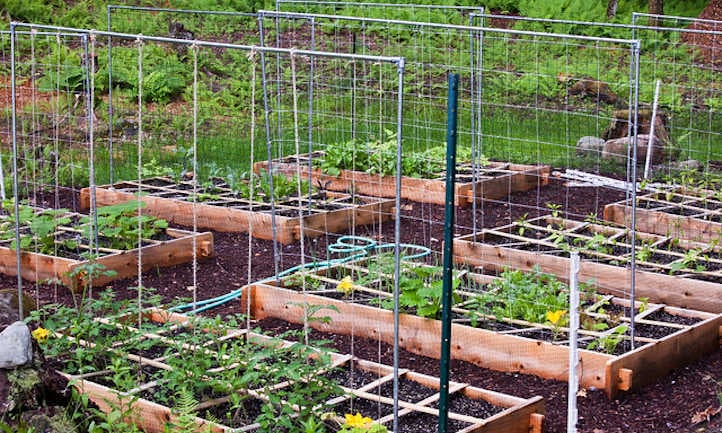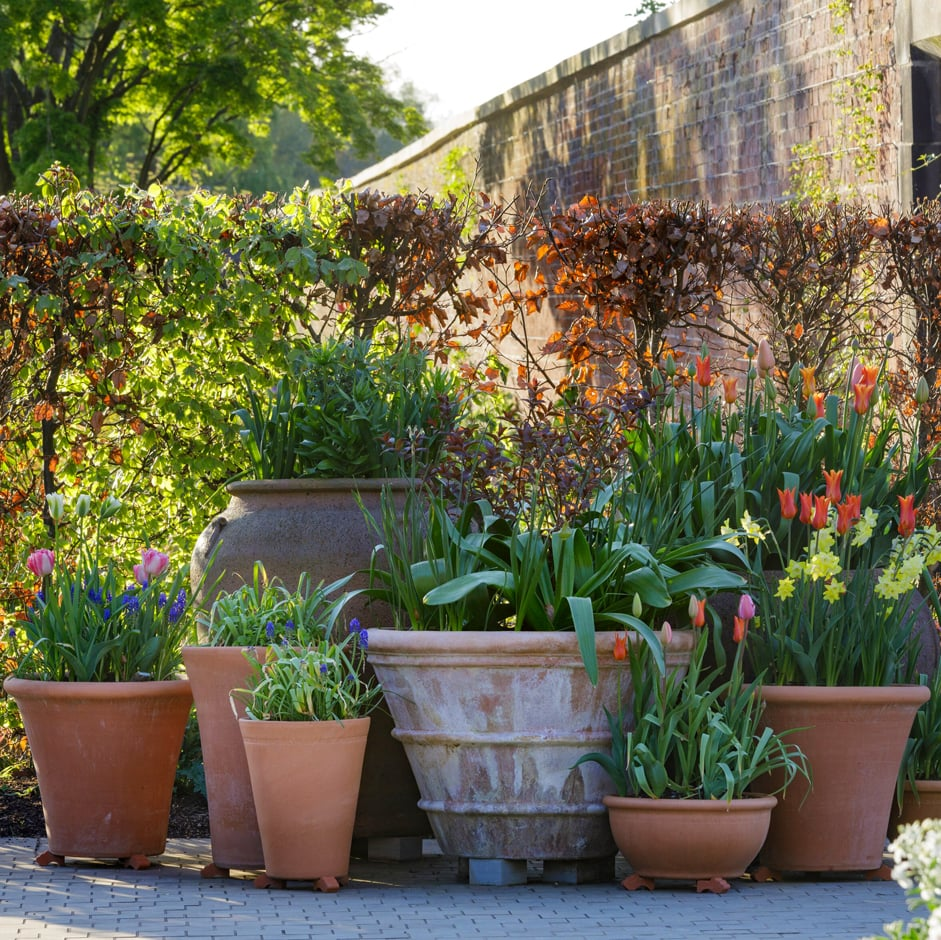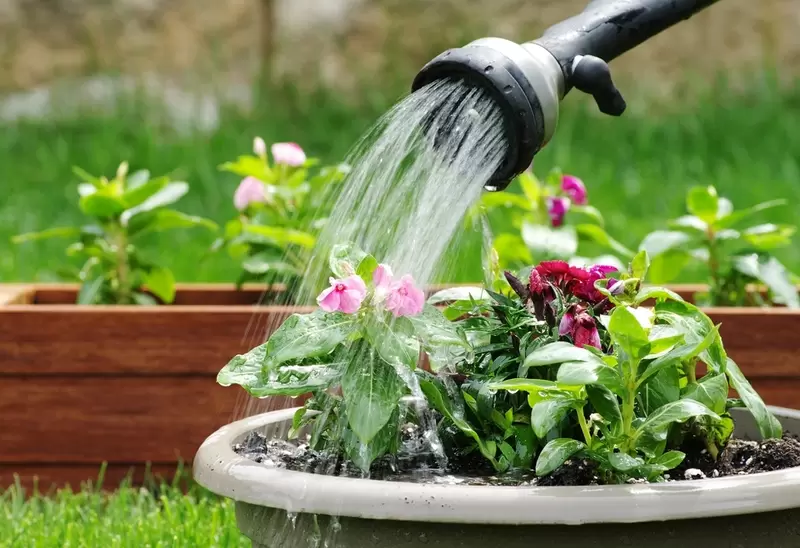Many gardeners, especially those with limited space in urban areas, often find themselves wishing for more room to grow all their desired crops. Whether you’re working with a small yard, balcony, or patio, there are plenty of ways to increase the amount of vegetables, fruits, and herbs you can grow—without taking up every square inch of space. Here are some practical and effective tips to help you get the most out of your small city garden.
1. Choose Your Crops Wisely
In a small garden, every plant needs to earn its place. Slow-growing or space-hungry crops like Brussels sprouts and parsnips may not be the best choices. Instead, opt for fast-growing vegetables such as lettuce, radishes, or beets, which have quick turnaround times. Crops that produce high yields or offer multiple harvests, like chard and zucchini, are also great space-saving options.
Don’t forget about herbs! They’re highly valuable in the kitchen and can easily thrive in small spaces. For fruits, consider compact varieties like step-over apples or pears, cane fruits like raspberries, or ever-bearing strawberries. These options offer flavorful produce without demanding too much space.
2. Space Plants Efficiently
Traditional long rows of vegetables are inefficient, especially in tight spaces. Narrow beds or raised beds allow you to plant in blocks, with plants spaced evenly apart. This layout makes better use of the space, helps prevent weeds, and concentrates resources like water and nutrients where they’re needed most.
For even more efficiency, consider square foot gardening. By planting crops closer together in square-foot blocks, you can grow a surprising amount in a small area. Raised beds filled with a nutrient-rich soil mix also encourage optimal root growth, allowing plants to thrive in confined spaces.

3. Make the Most of Containers
Containers are a versatile option for small gardens. They allow you to grow plants on balconies, patios, or even window sills, and you can easily move them to follow the sun or protect them from harsh weather. Smaller containers work well for crops like salad greens or herbs, while larger pots are ideal for tomatoes or peppers, which require more space for their root systems.
Ensure that containers have proper drainage to avoid waterlogging—drill extra holes if necessary, and place pots on feet or blocks to improve airflow. Keep container plants well-watered and nourished for the best results.

4. Grow Vertically
Vertical gardening is a game-changer for small spaces. You can train vining plants like beans, peas, cucumbers, and squashes to grow upwards, using trellises, canes, or other supports. This maximizes your garden’s vertical space and adds a lush, green backdrop to your garden.
Wall-mounted pockets or tubes are another space-efficient solution, allowing you to grow a variety of plants vertically. Hanging baskets and fence-hugging pots can add both color and a handy harvest of crops like cherry tomatoes or strawberries.
5. Boost Plant Growth
When you’re growing a lot in a small space, it’s crucial to give plants the nutrients they need to thrive. Organic fertilizers, such as chicken manure pellets, are a better option than synthetic fertilizers, which can harm plant roots over time.
If you’re short on space for composting, consider a worm bin or “wormery.” These compact systems break down kitchen scraps into nutrient-dense worm compost and liquid fertilizer, giving your plants the boost they need without taking up much room.

6. Keep Transplants Ready
Planning ahead is key to maintaining a continuous harvest in a small garden. Start seedlings in pots, so they’re ready to transplant as soon as space becomes available. A cold frame or even a sunny windowsill can serve as a mini greenhouse to start plants early. By keeping plug trays of seedlings on hand, you can quickly replace spent crops and keep your garden producing.
Conclusion
Small city gardens don’t have to limit your gardening ambitions. By selecting the right crops, using space-efficient planting techniques, and making the most of containers and vertical gardening, you can grow a bountiful harvest in even the tightest spaces. Whether you’re an experienced gardener or just getting started, these strategies will help you create a thriving vegetable garden no matter how little space you have. Share your own tips and experiences below, and happy gardening!
